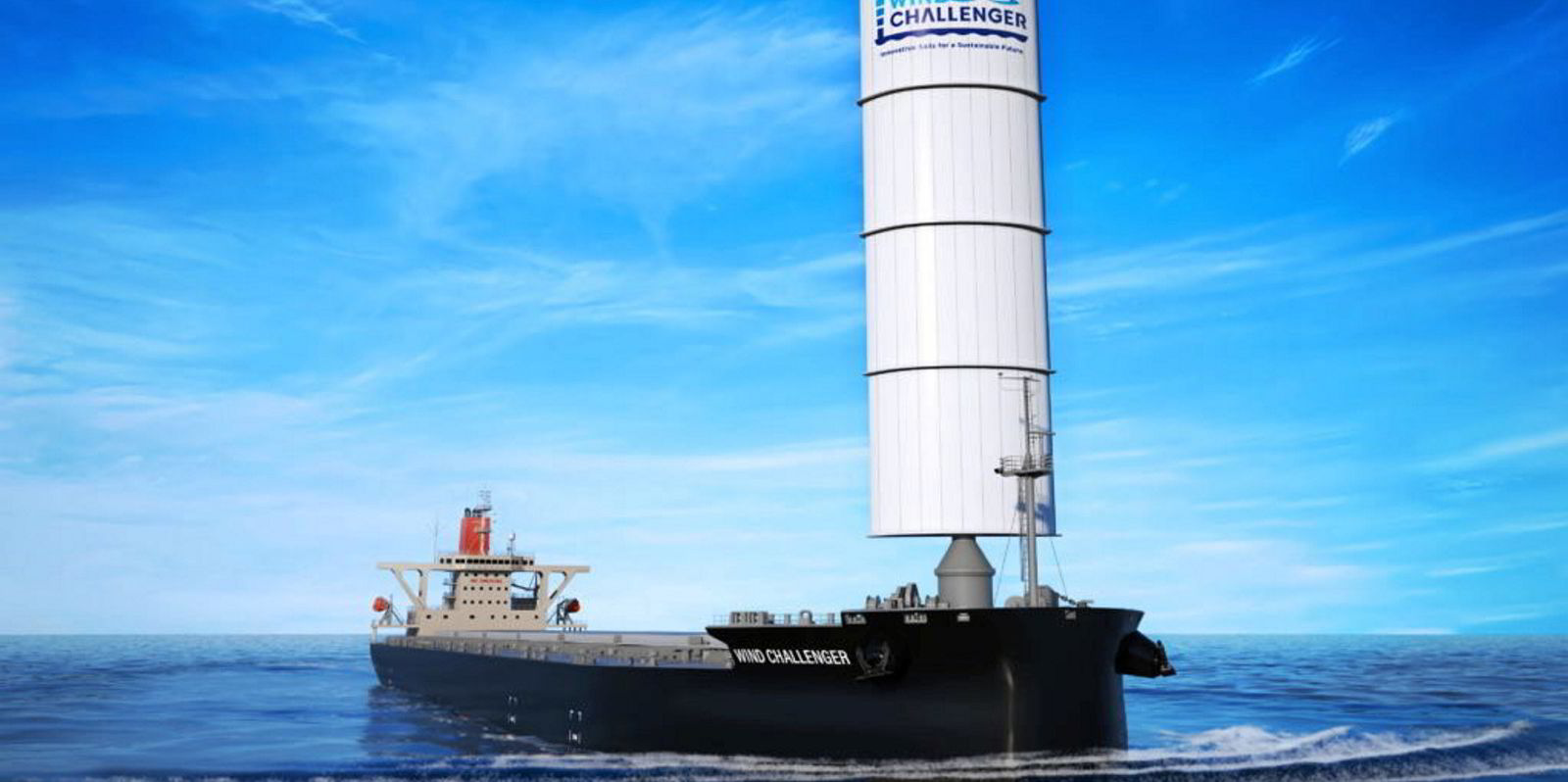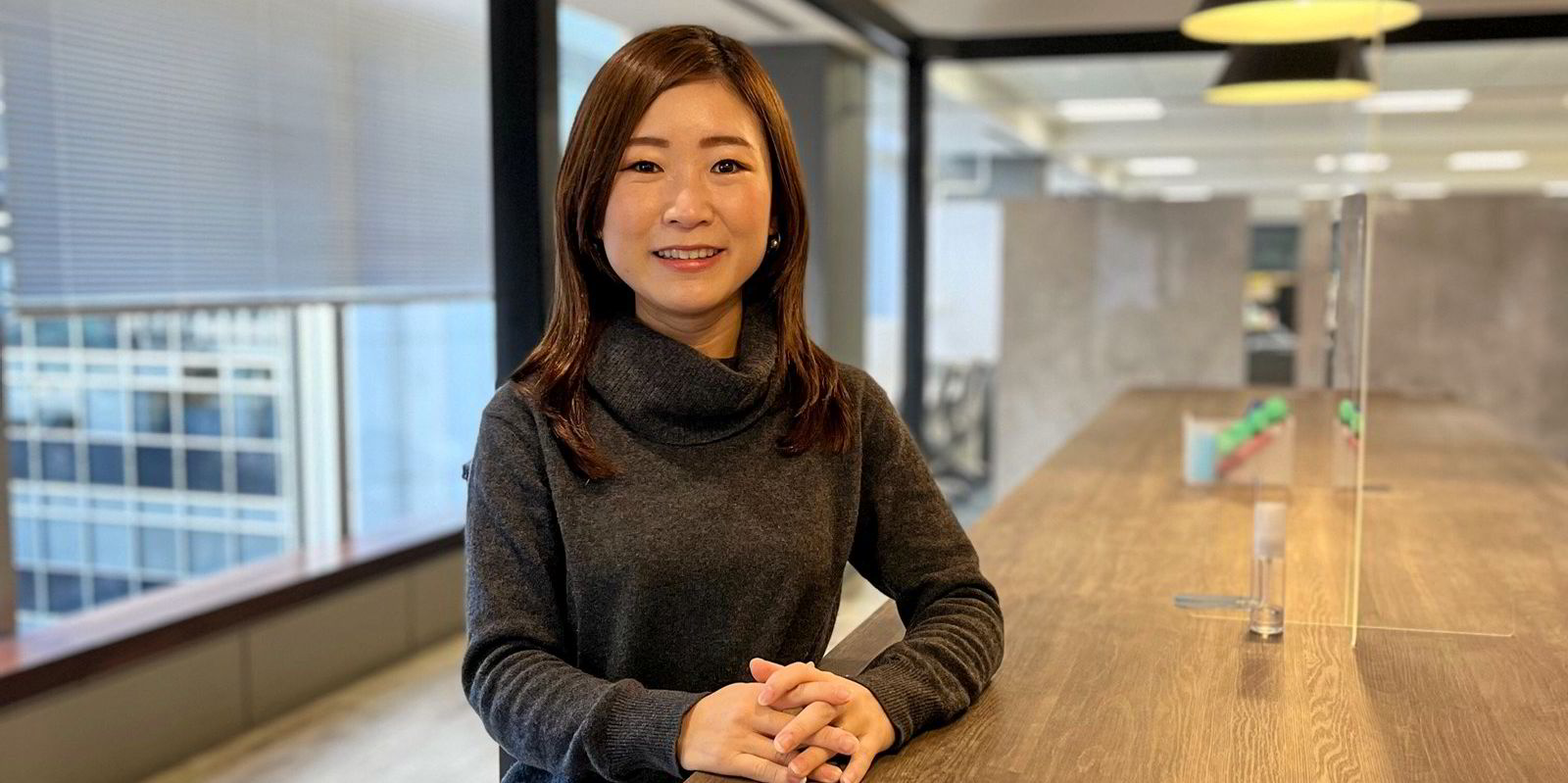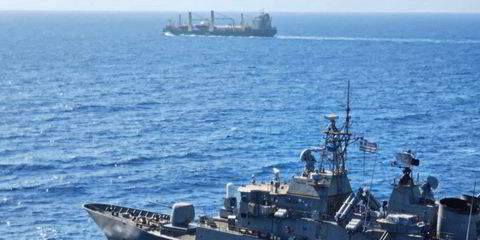Mitsui OSK Lines (MOL) looks set for another blockbuster year, despite earlier predictions of a much weaker performance this financial year.
Japan’s largest-listed shipowner reported a first-quarter profit of ¥285.7bn ($2.15bn) against the ¥104.1bn reported 12 months ago.
The big jump in profit came despite its container ship business continuing to be affected by the turmoil within global supply chains.
“Spot freight rates remained considerably higher than the year-ago level, despite the impact of the softening supply-demand balance caused mainly by the lockdown in Shanghai designed to reduce the spread of Covid-19 infections,” the shipowner said Friday.
“Term contracts, reflecting the high freight rate levels so far, also pushed up profit. As a result, the containerships business recorded a significant year-on-year increase in profit.”
In April 2022, MOL slashed its profit forecast for the FY2022 year by almost 30% to ¥500bn due to fears over an economic slowdown and the impact of the war in Ukraine.
But earlier this month the company revised its outlook for this financial year predicting a full-year profit of over ¥700bn which was similar to what was seen in the previous financial year.
The first quarter of FY2022 was also helped by marked improvements in its dry bulker and car carrier segments compared to a year ago.
MOL said the increase in profit at its capesize bulker segment was supported by several factors such as favourable timing in concluding new contracts, stable profit from mid-to-long-term contracts, and reasons related to accounting.
In the smaller bulker segments profit increased on the back of firm transportation demand in addition to favourable markets, while for the open-hatch bulkers strong pulp transport demand helped boost the bottom line.
Volumes of cars carried by MOL’s car carrier arm reached the same level as the previous year, despite the shortage of automobile parts due to the impact of the Shanghai lockdown.
“Profit increased as a result of measures to flexibly adjust ship allocation in accordance with the production and shipping schedule for completed vehicles, for example, chartering out vessels and transporting used vehicles alternatively,” MOL said.






